Amazon SEO Best Practices for Beauty, Health & Wellness Brands
Why the Rules Are Different and Why Strategy Must Go Beyond Generic Keywords
It’s easy for beauty, health, and wellness brands to assume that what works on Google will work on Amazon. But that’s a costly misconception. Amazon is the world’s largest purchase-intent platform, where shoppers come ready to buy. That fundamental difference means brands need a tailored SEO approach if they want to stand out, reduce wasted ad spend, and actually win.
At Front Row, we’ve seen firsthand how brands that optimize their Amazon SEO with a deep understanding of shopper intent, especially how consumers search for ingredients, can unlock powerful growth. Here’s what every beauty and wellness brand should know about mastering Amazon SEO, plus a case study highlighting a winning ingredient-based keyword strategy.
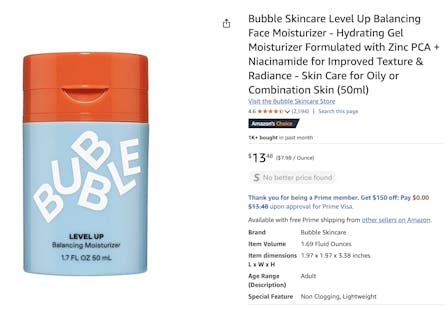
Amazon SEO Isn’t Google SEO
Amazon’s algorithm (called A9, now evolving into A10) rewards listings that not only attract clicks but convert browsers into buyers quickly and consistently. Unlike Google, where content quality and backlinks reign supreme, Amazon SEO revolves around factors such as:
- Conversion rates: The percentage of shoppers who buy after viewing your product
- Sales velocity: How quickly your product sells relative to competitors
- Product relevancy: Keyword and content alignment with search queries
- Customer experience: Pricing, reviews, and availability
In this environment, simply stuffing your listing with popular keywords won’t cut it. Your SEO must be rooted in a comprehensive strategy that drives measurable sales impact.
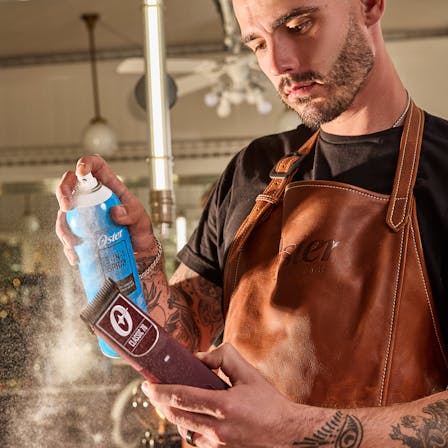
How Amazon Shoppers Search And Why It Matters
We’ve identified three distinct types of Amazon beauty and wellness shoppers, each with different search behaviors that directly impact keyword strategy:
- Problem Solvers
Shoppers searching for broad, generic solutions like “shampoo for thinning hair” or “best toothpaste for sensitivity.” These searches have high competition, expensive cost-per-clicks (CPCs), and are usually dominated by established brands. - Scientific Advocates
Shoppers who know what they want and search for specific, trusted ingredients like “caffeine shampoo” or “hydroxyapatite toothpaste.” These searches typically have lower CPCs but highly engaged, purchase-ready audiences. - Brand Enthusiasts
Shoppers searching for well-known brands they already trust, such as “Olaplex hair treatment.” These searches convert well but require strong brand awareness to capture.
Understanding which group your target audience falls into is critical to tailoring an SEO strategy that maximizes return on ad spend.
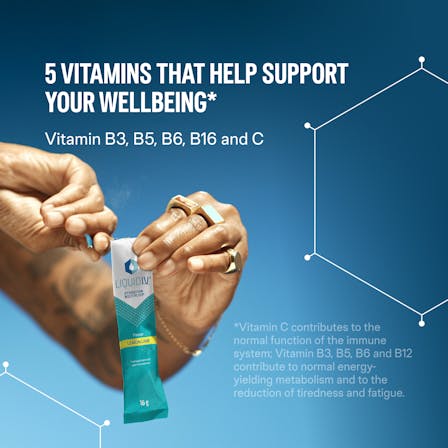
Case Study: Winning with Ingredient-Based Keywords
We recently partnered with a global beauty and healthcare brand to tackle a tricky challenge. They had strong US oral care sales but wanted to replicate that success in the booming hair regrowth category, where their two niche brands faced stiff competition and low brand awareness.
Our research showed that while generic search terms like “hair loss shampoo” were highly competitive and costly, ingredient-focused searches such as “caffeine shampoo” were significantly underutilized. These ingredient searches had much lower CPCs and conversion rates close to those of branded keywords.
Armed with this insight, we developed a multi-pronged strategy:
- SEO and Paid Ads: Prioritized caffeine-related keywords, reallocating budget from expensive generic terms to these high-return phrases.
- Content and Education: Leveraged influencer partnerships to create authentic, educational content explaining caffeine’s scientifically supported benefits.
- Cross-Channel Amplification: Supported Amazon activity with off-platform digital campaigns and DSP to build broader awareness.
This ingredient-focused approach helped our client grow market share while maintaining cost efficiency, proving that a nuanced Amazon SEO strategy can deliver real business results.
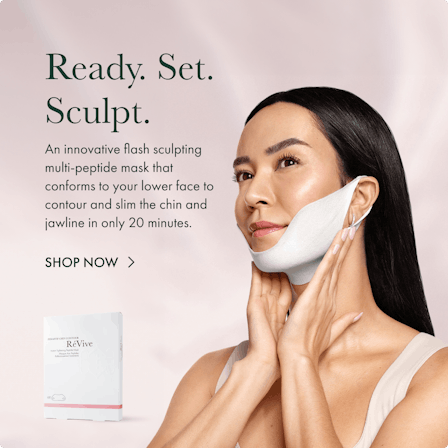
Best Practices for Amazon SEO in Beauty, Health & Wellness
Here are key recommendations for brands ready to optimize their Amazon SEO strategy:
- Prioritize Relevance Over Volume: Focus on keywords that match your shopper’s intent, not just high search volumes.
- Leverage Ingredient Searches: Highlight hero ingredients in product titles, bullet points, backend keywords, and ad copy to tap into scientific advocates.
- Optimize for Conversion: Use compelling imagery, A+ content, and reviews to boost your ranking signals.
- Test and Refine: Continuously analyze search term reports and A/B test listings and ads to improve performance.
- Partner with Experts: Amazon’s SEO landscape evolves quickly — working with specialists who understand marketplace dynamics can save time and budget.
Connected Commerce: Off-Amazon Strategies Power On-Amazon Success
SEO on Amazon doesn’t operate in a vacuum. Amplifying your ingredient story and product benefits across influencer channels, social media, and programmatic advertising primes shoppers to convert when they search on Amazon. This connected commerce approach ensures your messaging is consistent, credible, and visible wherever your customers shop.
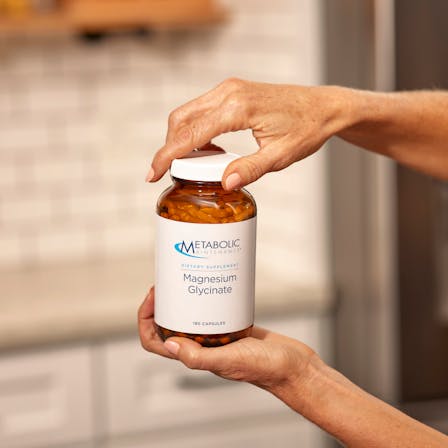
Conclusion: Invest in the Right Amazon SEO Strategy
Beauty, health, and wellness brands face intense competition on Amazon. With rising ad costs and discerning consumers, a generic SEO approach simply won’t drive sustainable growth. Instead, brands that understand shopper behaviors, mine ingredient-based keyword opportunities, and integrate on- and off-Amazon strategies will win the day.
At Front Row, we help brands uncover these hidden opportunities and build SEO and media strategies that deliver measurable, profitable growth. Curious how ingredient-driven SEO can boost your Amazon performance? Let’s talk.
